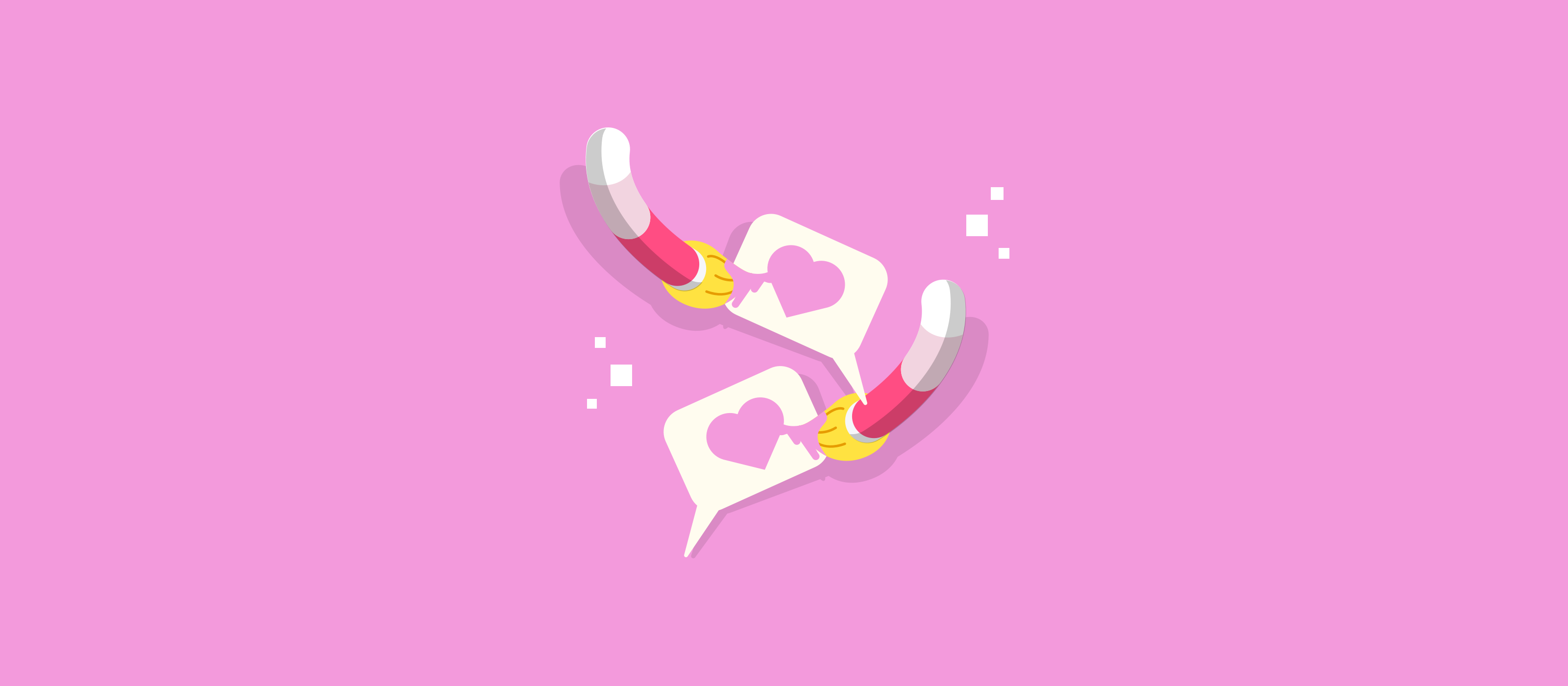This week's post is a compilation of what our motion designer at Marvel, Jonathan, found inspiring this month in design.
New BBC 2 Idents
Following the rise in subscription TV services, from the likes of Netflix and Amazon Prime, there's been an ongoing battle between broadcasters and media companies to convey a more memorable expression of a brands identity.
One of the world’s biggest broadcasters, the BBC, worked in tangent with the prolific creative agency, FutureDeluxe, in answering a brief to create 16 innovative idents for BBC Two. It marked 20 years since the channel last had a makeover.
The channel features a schedule of intellectually stimulating content ranging from comedy to more factual based programming like science, and documentary pieces.
Using the curvature of the ‘2’ shape to great effect, FutureDeluxe developed complex, abstract worlds for the geometry to sit within, with a nod towards the diverse schedule of content.
The most striking part of the idents is that through the marriage of delicate sound composition (from sound designer Alex Baranowski) and the visuals on offer, the collaboration succeeds in captivating your attention as if you're witnessing something truly cinematic.
Keynote Speaker by Dan Stack
With popular platforms like Dribbble and Instagram becoming essential channels for design professionals to showboat their work, one particular shot from my sprawling feed caught my attention.
It comes from independent Michigan based animator, Dan Stack.
Created as an explorative study of hand-drawn animation, the rhythmic, bouncing head of the egg-like political figure takes centre stage with hypnotic appeal.
This is all neatly bundled together -with-in a stripped back illustration style and minimised palette. It’s a really superb example of how one of the key principles of animation ‘squash & stretch’ can be exploited for comical effect.
What this shot also demonstrates is the importance of setting aside practical study time, to be inquisitive and develop detailed characteristics progressively through experimentation.
Web Design Museum
In the words of the late Italian design guru, Massimo Vignelli, “styles come and go”. In no place is that more apparent than when you're sifting through the ‘frozen in time’ web design styles curated within the virtual gallery of the Web Design Museum.
Founder, Petr Kovář, says the mission of the museum is to “give the public the full picture of the web design past with the use of selected exhibits”.
Whilst it would be easy to look at the gallery and scoff at some of the early noughties efforts from modern day mega brands (Apple, Facebook et al), it would be shortsighted to do so without considering the major technological advances and emergence of UX disciplines the last 20 years have brought us. This in turn has led us to the rich, fluid, powerful form prevalent in responsive digital design today.
With the nifty timeline feature of the Museum, we can chronologically witness the evolution of a brands online facade first hand, which is a brilliant resource for anyone attempting to visually piece together just how digital design got to where it is now.
Subscribe to the newsletter to keep up with next month's design picks.


